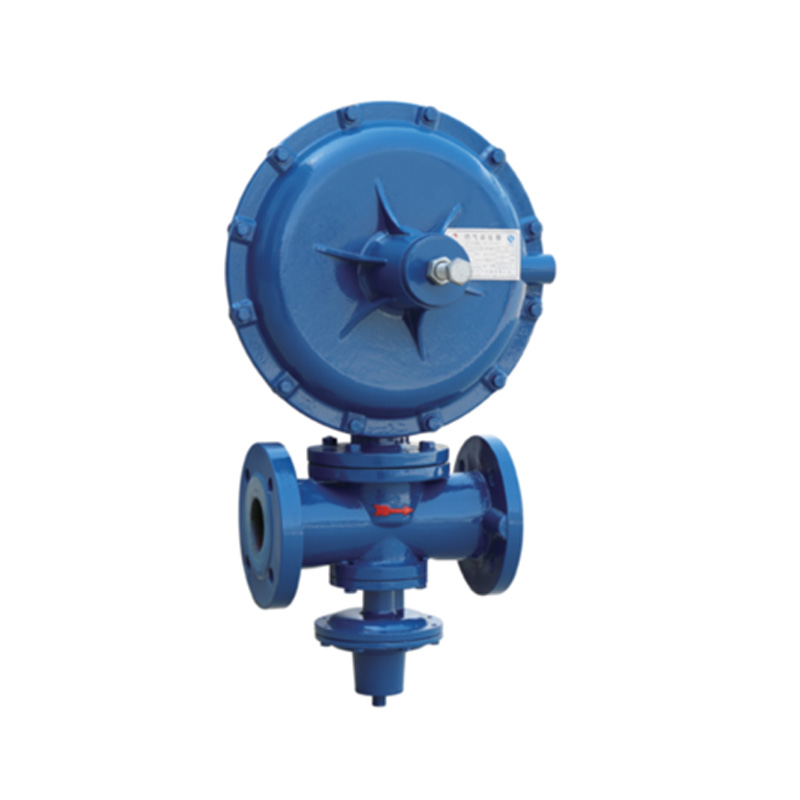
Aug . 29, 2024 22:35
Back to list
pneumatic valve
Understanding Pneumatic Valves Functions and Applications
Pneumatic valves are critical components in various industrial applications, facilitating the control of airflow in pneumatic systems. These valves optimize the operation of pneumatic devices, ensuring efficiency and precision in processes that rely on compressed air. This article explores the functions, types, and applications of pneumatic valves to provide a comprehensive overview of their importance in automation and control systems.
At their core, pneumatic valves regulate the flow of air or gas within a system. They control the direction, pressure, and flow rate of the compressed air, affecting the performance of pneumatic cylinders, actuators, and other devices. The proper functioning of pneumatic valves is essential for ensuring that processes operate smoothly and safely.
There are several types of pneumatic valves, each designed for specific applications
. The most common types include1. Directional Control Valves These valves direct the flow of air to different parts of a system. They can be manual or automated and are classified into various configurations such as 2/2, 3/2, and 5/2. The selection of a directional control valve depends on the complexity and requirements of the pneumatic circuit.
pneumatic valve

2. Pressure Control Valves These valves maintain the desired pressure within the system. They can be set to open or close at specific pressure levels, preventing damage to downstream components caused by excessive pressure. The use of pressure relief valves and regulators ensures safety and operational reliability.
3. Flow Control Valves Flow control valves regulate the speed of pneumatic actuators by controlling the amount of air flowing through the system. By adjusting the flow rate, these valves help to manage the acceleration and deceleration of connected devices, allowing for smoother and more controlled movements.
Pneumatic valves are widely used across various industries. In manufacturing, they play a pivotal role in automating assembly lines, controlling clamping devices, and optimizing packaging processes. In the automotive sector, pneumatic valves assist in the operation of tools and equipment, enhancing productivity. Additionally, they are prevalent in the food and beverage industry, where precise control over processes is vital for maintaining product quality and safety.
The integration of pneumatic valves with advanced control systems, such as programmable logic controllers (PLCs), has further enhanced their capabilities. Modern pneumatic systems can now be monitored and controlled remotely, allowing for real-time adjustments and improved efficiency.
In conclusion, pneumatic valves are indispensable in ensuring the effective operation of pneumatic systems. Their ability to control the direction, pressure, and flow of compressed air makes them essential for various applications across multiple industries. As technology advances, the role of pneumatic valves will continue to evolve, driving innovation and efficiency in automation and control processes. Understanding their functions and applications is crucial for professionals involved in designing and maintaining pneumatic systems.
Next:
Latest news
-
Safety Valve Spring-Loaded Design Overpressure ProtectionNewsJul.25,2025
-
Precision Voltage Regulator AC5 Accuracy Grade PerformanceNewsJul.25,2025
-
Natural Gas Pressure Regulating Skid Industrial Pipeline ApplicationsNewsJul.25,2025
-
Natural Gas Filter Stainless Steel Mesh Element DesignNewsJul.25,2025
-
Gas Pressure Regulator Valve Direct-Acting Spring-Loaded DesignNewsJul.25,2025
-
Decompression Equipment Multi-Stage Heat Exchange System DesignNewsJul.25,2025

